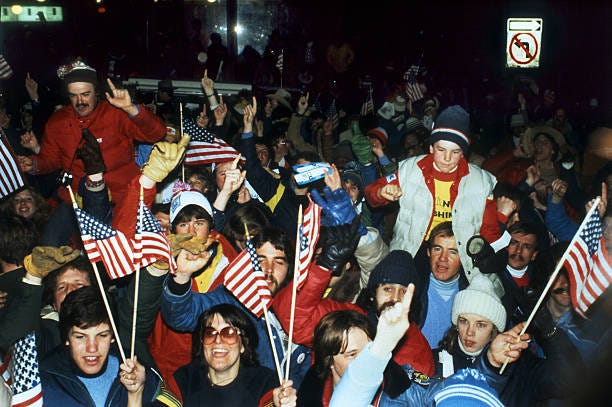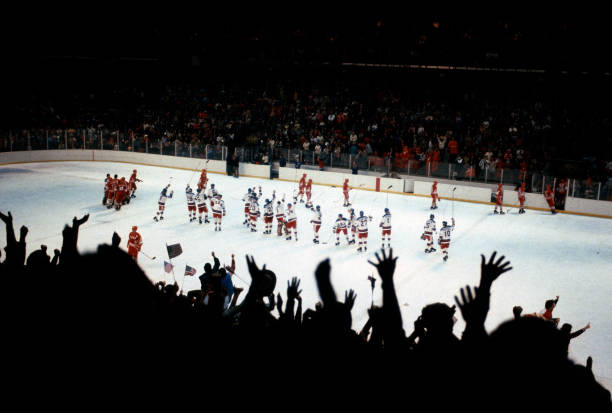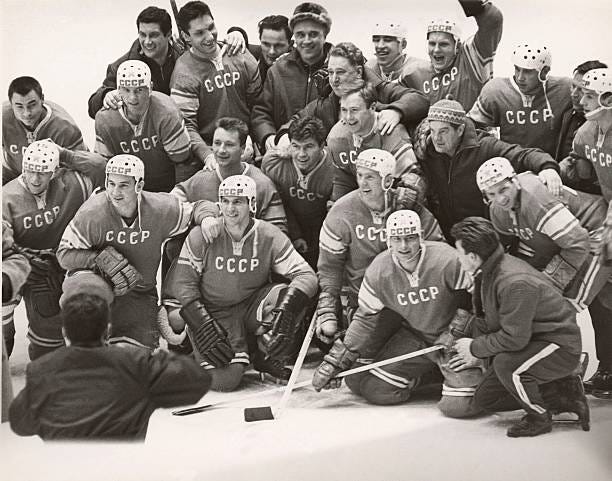The Rise and Fall of Soviet Hockey
From humble beginnings in Canada, to The Miracle on Ice, to Ovechkin, Soviet hockey has run its course through hockey history.
Ice hockey wasn’t introduced to the Soviet Union until the 1940s. Much later than in the West, which was introduced to hockey in the 1800s from Nova Scotia by the Mi'kmaq people, which then spread throughout Canada via Scottish and Irish immigrants. Evolving into the game we know and love today. The Soviets caught onto the hockey buzz of the West and after some officials watched National Hockey League games in 1945. Following this, Soviet sports officials decided they wanted to create their own national hockey team, the CCCP. Russia’s national sport at the time, soccer (or football), was slowly diminishing in popularity and the Soviet Championship League was established in 1946, and the national team was formed shortly after, playing their first matches in a series of exhibitions in 1948.
There was a military-like conscription to enlist the best hockey players in the nation to play for the team. There was heavy propaganda surrounding this and many young boys throughout the nation dreamt of being a part of the CCCP. In the end, the CCCP enlisted 25 notable players which helped propel the team to national superiority. The CCCP had their own tag team of hockey superstars, known as the “Russian Five,” Sergei Makarov, Aleksandr Maltsev, Valeri Kharlamov, Boris Mikhailov, and Vladimir Petrov. Totally amassing 1,016 points throughout their time at the CCCP. These players were held to high national regard and were considered legends in the sport and in Soviet pop culture.
The team would make their debut at the 1954 World Championships. Largely unknown to the international hockey world, the team surprised many by winning the gold medal, defeating Canada in the final game. In 1972 the Soviets played Canada in an exhibition series that saw the Soviet national team play a team composed of National Hockey League (NHL) players for the first time. Both the Olympics and World Championships did not allow professionals, so the best Canadian players were never able to compete against the Soviets, and in protest at this Canada had left international hockey in 1970. This series, known as the Summit Series, was a chance to see how the NHL players would fare.
With the tensions of the Cold War, Soviets had immense pressure to win the Olympic championship against the United States. Proving that Soviet hockey (Communist hockey) was superior to United States hockey (Capitalist hockey). The rivalry was palpable and massive efforts were made on both sides to win the match. However, the Soviet effort just wasn’t enough.
In eight games (four in Canada, four in the USSR), the teams were close, and it took until the final 34 seconds of the eighth game for Canada to win the series, four games to three, with one tie. At the 1980 Winter Olympics, the Soviets also had one of their most notable losses. Playing the United States in the medal round, the Soviets lost 4–3. This match, later dubbed the Miracle on Ice, was notable because it had the Soviets, recognized as the top international team in the world, against an American team composed largely of university-level players. The Americans would go on to win the gold medal in the tournament, while the Soviets finished with the silver, only the second time they failed to win gold at the Olympics since their debut in 1956.
Following this crushing loss for the CCCP, there was massive reform in the Soviet hockey team, hoping to improve their standings and national pride. This led to a detrimental effect on the CCCP players who openly critiqued the management style of their coach, Viktor Tikhonov, which included being secluded in a military-style barracks for eleven months of the year. They also sought the chance to move to North America and play in the NHL, though the authorities were reluctant to allow this. Negotiations with the NHL began in the late 1980s over this, and in 1989 several players, including both Fetisov and Larionov, were permitted to leave the Soviet Union and join NHL teams, demolishing the integrity of the CCCP.
The NHL saw a large migration of Russian Soviet players to their teams following the 1980s, and the Russian influence on the sport made its way through Western hockey. Today, ice hockey is a large part of Russian culture and many of the top players in the National Hockey League are Russian, or have Soviet origins. From humble beginnings, to a hockey team that nearly proved themselves to the world, to the Russian NHL players we know today, Soviet hockey greatly influenced the hockey world and the way we know it today.





